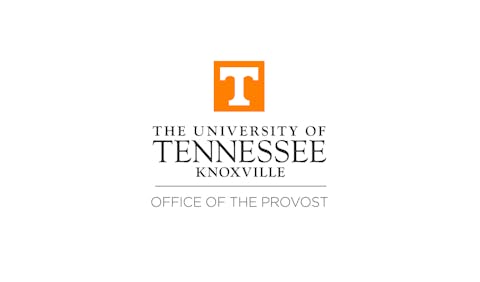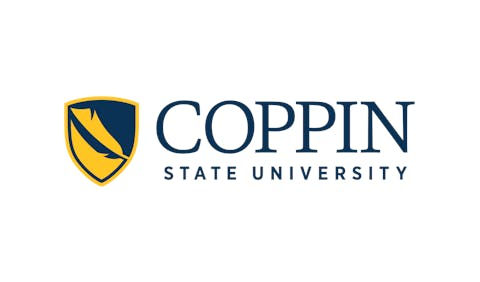
The Government Accountability Office (GAO) report found that overall health coverage rates among undergraduate and graduate students aged 18-64 increased from an estimated 81% in 2010 to 92% in 2022, following the enactment of the Patient Protection and Affordable Care Act (PPACA).
Despite this improvement, approximately 1.6 million students still lacked health coverage in 2022. The report highlights that American Indian or Alaska Native students (18.3%), Hispanic or Latino students (13.1%), and Black or African American students (9.7%) lacked coverage at notably higher rates than White students (5.2%).
"Students in Medicaid nonexpansion states lacked health coverage at roughly twice the rate as those in expansion states," the report noted, with 12% of students in nonexpansion states lacking coverage compared to 6% in states that expanded Medicaid eligibility.
The GAO report also examined how colleges handle student health coverage requirements. Among 235 responding four-year colleges surveyed by the American College Health Association, 154 offered student health plans to domestic undergraduate students, while 120 required students to have health coverage during the 2022-2023 academic year.
College administrators interviewed for the study cited various barriers students face when trying to obtain health coverage, including affordability concerns, geographic limitations of coverage plans, and a lack of affordable options in states without Medicaid expansion.
Two-year colleges were found to be particularly unlikely to offer student health plans, with administrators noting that premiums are often high compared to tuition costs at these institutions.
The report also revealed that while some colleges provide on-campus health services through student health centers, these facilities typically don't provide comprehensive care, highlighting the continued need for health insurance coverage.
Federal efforts to increase student awareness of health coverage options include a Healthcare.gov webpage guiding students through marketplace plan enrollment options, federally funded navigator organizations affiliated with colleges, and Education Department initiatives like the Basic Needs for Postsecondary Students Program.
The GAO report noted that students' lack of understanding about health coverage concepts, failure to prioritize obtaining coverage, and difficulty navigating complex coverage options remain significant challenges that institutions and federal agencies must continue to address.
















